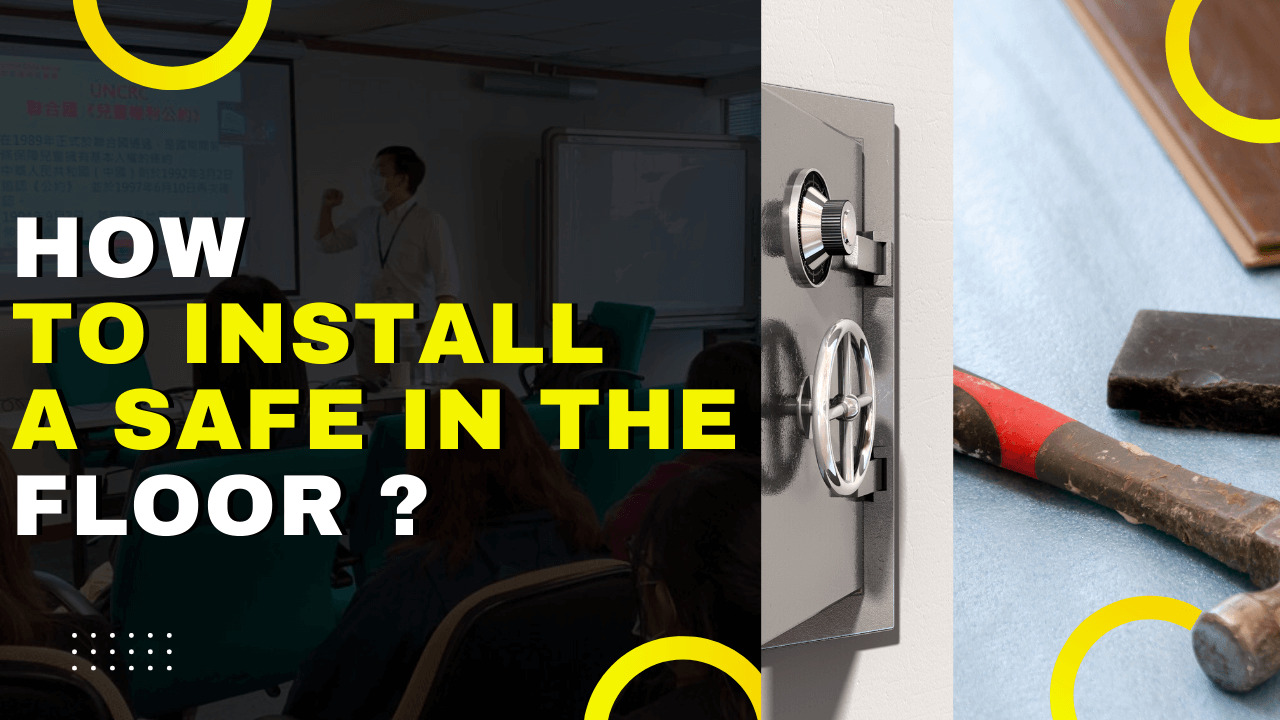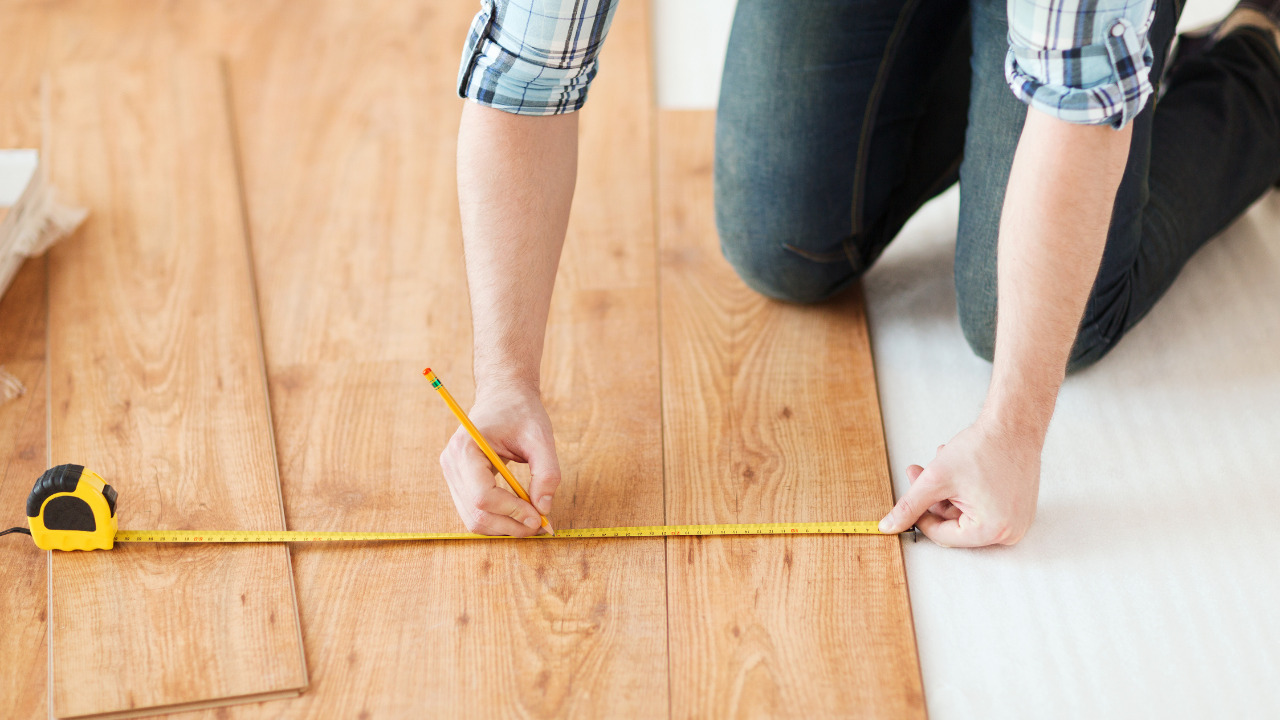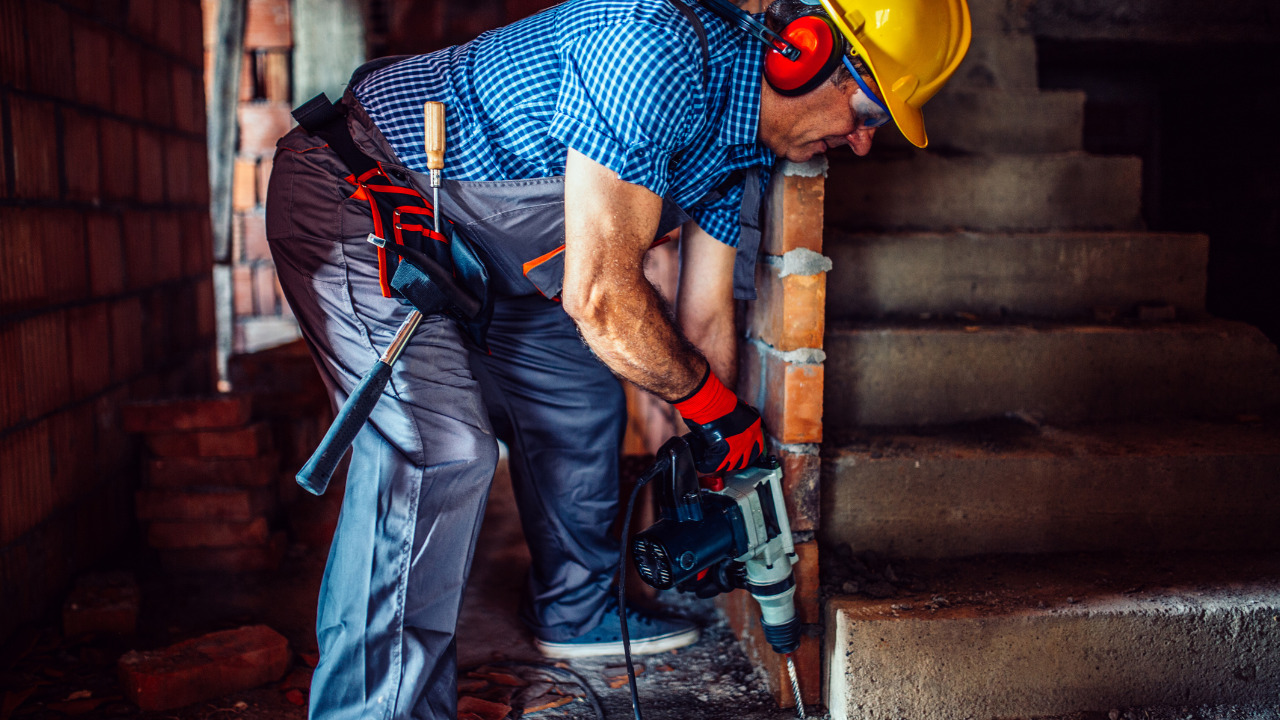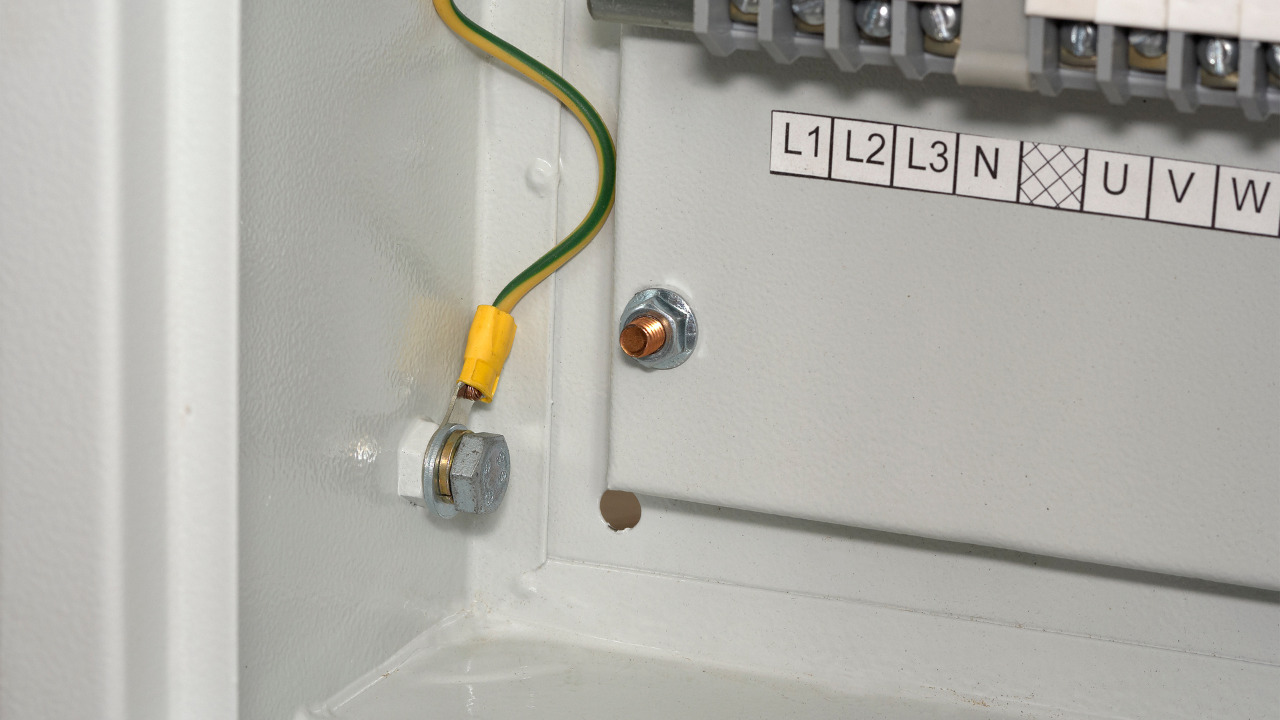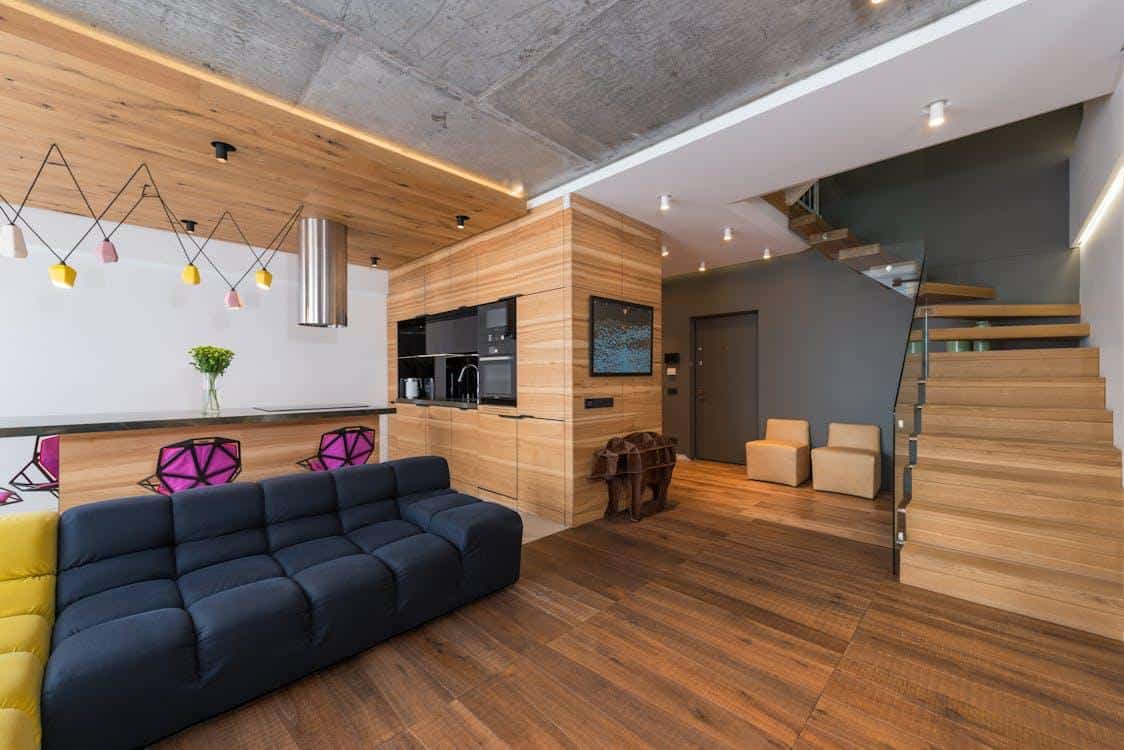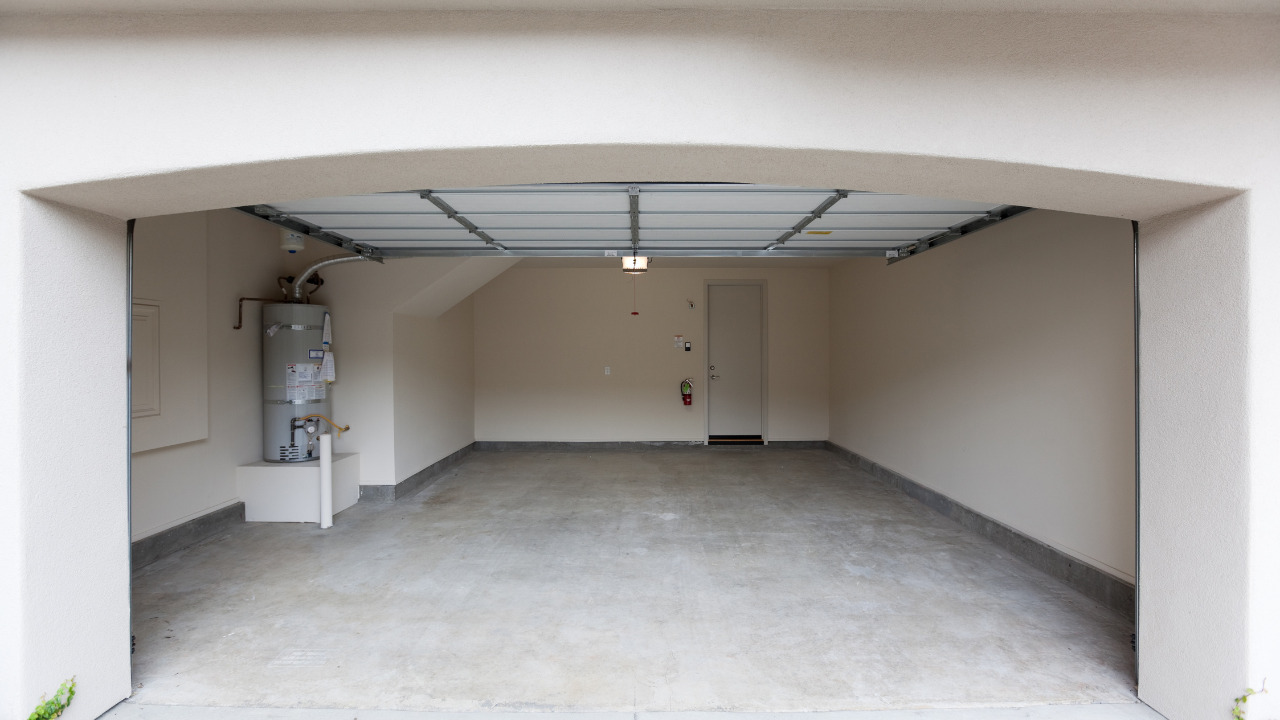Keeping your valuables in a locked safe is the best approach to keep them safe. Bolt the safe to the floor with sturdy bolts for added security. We teach you how to successfully mount a safe to a floor and the tools you’ll need in this step-by-step guide.
We assist you in preparing the space for the new safe by guiding you through the processes necessary to securely and professionally install a safe.
Installing a floor safe does not require any prior experience. You may quickly create a secure bolt on the wall by following simple procedures. However, if you install it incorrectly, you may have to re-bolt your safe, which is inconvenient.
Continue reading to know the right way to install a safe on the floor:
Table of Contents
A Few Considerations Before Installing A Safe In The Floor
Most homeowners believe securing their safe home boxes to the floor is safe. There are usually two varieties of floor safes, one of which can be bolted to the floor or wall. The second option is the underfloor safe, which must be built on a concrete or wood floor. If you put your safety on a concrete or wood floor, there are a few things to remember.
- Choose the right location on the floor to install or bolt the safe
- Make sure to choose an area that doesn’t have any electric cables and any pipes
Once you have determined these considerations, you are set to install a safe on the floor.
Types Of Safe
Safes come in many varieties, all of which can deter burglars and safeguard your possessions in the event of a fire. The choice of a safe kind is essential to understanding the fitting procedure. Each variety is appropriate for a specific task and serves a slightly different purpose.
Safes can be divided into two main categories: fire-resistant and burglar-resistant. Other safes have substantial walls but are less heat-resistant, whereas fire safes often have thinner walls with insulation. The contents of a typical safe can become highly heated and be destroyed in a fire in a matter of minutes.
Safes have a fire rating that indicates how many minutes they can withstand a fire.
The three distinct safe categories are:
Fixed Safes
With the help of two or three bolts, these safes can be mounted to a wall or the floor or used separately.
Underfloor Safes
This safe can be buried in the ground or placed beneath the floor.
Wall Safes
Wall safe that is installed inside the wall as opposed to on it. The door to the safe will be flush with the wall.
Steps To Bolt A Safe In The Floor
Collect Needed Supplies And Items
- Concrete
- Gravel
- Shovel
- Rags
- Tape measure
- Level
- Jackhammer
- Tools for mixing concrete
- Trowel
- Bucket for water
- Wheel barrel for concrete transportation
Mark Exact Location On The Floor
Choose a place for the floor safe to be installed. According to the safe’s installation instructions, you’ll need to cut a hole in your basement or ground floor slab to the required dimensions. Maintain control of the container so that it does not exceed your limit.
To make the aperture, you can use a variety of instruments such as a jackhammer, rigs and concrete saw. It would be ideal to use the Jack Hammer because it is the easiest to clean up. The other two will stir up much dust, spreading all around your house.
Dig The Holes In The Floor
Drill a hole in the safe box using your drill. Then, using a powerful electronic drill, begin drilling on the concrete foundation. You don’t have much effort to make the hole in this scenario. Drill in the same manner in each of the safe box’s locations.
If the safe mounting hole is too small to accommodate the drill, you must remove the safe box and drill into the concrete floor. If that’s the case, mark the hole in your safe with a pencil.
Remove the safe box once the marks have been made, then drill the spot on the floor where you marked with the pencil first. Set the safe box once the mounting holes are complete.
Mark Pre-Drilled Holes On The Safe
The safe floor in most safe boxes has pre-drilled mounting holes. As a result, open the box door and look for the holes. These holes could be covered with a piece of plastic that can be easily removed or popped. It may be difficult to fasten the box to the floor in this scenario if there are no holes in the box.
Use A Wrench To Tight The Bolts
Using a vacuum, remove the dust from the concrete floor after drilling. Remove all residue from the interior and outside of the hole. Put the safety well in the hole at this point. Ascertain that the safe box and floor holes are in the same row.
Anchoring bolts may be used. These bolts are corrosion-resistant, tough, and long-lasting. You can use a wrench to tighten the bolts appropriately in the holes. This will aid in properly tightening the bolt in the surrounding concrete walls. Rotate the range until the bolt is in a good position. To turn the range, you’ll need a screwdriver.
Use Gravel To Fill the Remaining Holes
Fill the remaining hole with concrete with care, not upset the secure position. After the concrete has been filled, smooth it out with the trowel until it is even with the surrounding slab and the in-floor dust cover.
Remove any excess concrete from the dust cover carefully with shop towels, not damaging the safe’s position. Allow the concrete to dry and solidify before continuing.
Frequently Asked Questions
Is installing a safe on the wooden floor a difficult process?
Avoid bolting your safe to wooden floors unless you attach it to the joist. In this situation, you would need to buy different heavy, strong wood screws. The theft of your safe may be slightly easier if the floor planks are not solid or thick enough to secure it.
Consider chemical installation if floorboards are your only option for flooring instead or wall installation if your safe has pre-drilled holes in the back.
Why do you need to bolt the safe to the ground?
It is quite challenging for criminals to open safes fast or silently because so many of them are protected. In an ideal world, burglars would rush in and out of a house. So, when they come across the safe, it is apparent to take it and worry about opening it later.
Is it easy to remove a floor safe?
Although a floor safe can be forcibly removed with the necessary equipment and enough time, it is doubtful that one that has been put in properly will be taken. Leveraging the safe without breaking the floor surrounding the safe shouldn’t be possible.
Getting to the bolts Without opening the floor safe, mounting the safe to the floor will be impossible.
Final Words
Hopefully, by using the right equipment and following the procedures above, you’ll be able to bolt down a safe box all by yourself in no time. A house safe can be installed on a wall or the floor with sufficient forethought. Small safes can be concealed anywhere besides the master bathroom, such as the attic or behind sinks.
A basement is a good place for big safes. Avoid immediately putting your large safe in the garage if you don’t have a basement without first weighing the risks. You should choose the location carefully and use high-quality equipment in this scenario.
Remember that your safety is heavy, so you’ll need help carrying it. If you’re unsure, get the assistance of someone who has done it.

